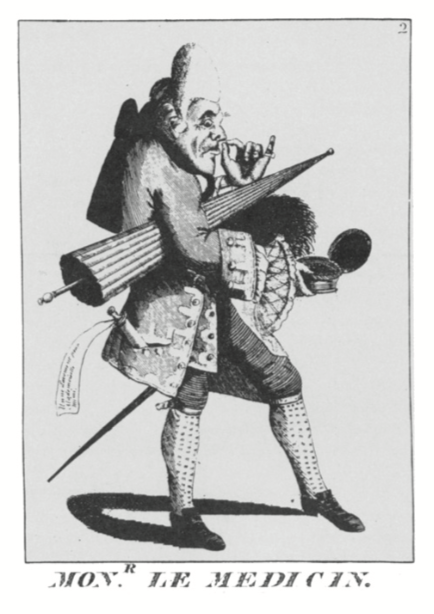My gurgling enigma
Among the least-examined ailments afflicting the human body and mind are the windy vapors. Why they have not received more recent critical attention is lost on me, but perhaps we might chalk up this oversight to the visual stringencies of modern Western medicine, which—in great part—has little time for invisible physical distempers. Tumors, blockages, clots, chemical imbalances, muscular failings—all can be measured or weighed or seen or calibrated, but windy vapors… they present an unusual challenge for the medical practitioner.
I’m biased, of course. I’m no doctor. I appreciate that my body usually works, that I’m generally healthy and sound, but at the same time I hardly consider my internal workings as the smooth operations of a coherent machine. Inside lie hidden too many dark nooks, too many strange pumpings and sinuous twists to be logical. But as I say, I’m biased. Twice something has popped inside me, somewhere deep within those recesses—without reason, without warning, just the unlucky detonation of some mysterious corporeal force. And when you fall victim to your own body’s random actions, it becomes mighty clear that we are all just navigating within a gurgling enigma.
To believe in the windy vapors is to accept that mind and body work symbiotically—what affects the flesh must also disturb one’s thoughts and passions—but the winds take the belief one step further. Those passions must have a presence, perhaps not a heavy materiality but a distinct existence; not exactly concrete but not immaterial either, if that makes any sense. To explain the logic of such immaterial materiality, a lesson in outmoded medicine is required. A proper hunt for the windy vapors must begin at the source: the ancient, sticky, and odiferous world of humoral medicine.
Phlegm is cold and wet. Melancholy is cold and dry.
From at least the time of Hippocrates, that ancient Greek physician whose name is still conjured up by medical graduates, the body was believed to contain four fluid substances known as the humors: blood, phlegm, yellow bile, and black bile, also known as melancholy. All people contained all four in varying proportions, and this idiosyncratic balance determined each individual’s unique constitution. But more: humoral medicine presupposed a sympathy between mind and body. Each humor had its own particular “complexion,” endowing individuals with distinctive physical, emotional, and intellectual dispositions. The corrosive properties of black bile, an acid, excremental substance, engendered the melancholic’s lean body and world-weary countenance, while ruddy cheeks and a cheerful, optimistic glow announced a sanguine (blood-predominant) personality. The cholerics’ fiery tempers and irrational, hotheaded anger...
You have reached your article limit
Sign up for a digital subscription and continue reading all new issues, plus our entire archives, for just $1.50/month.
Already a subscriber? Sign in





